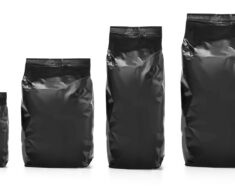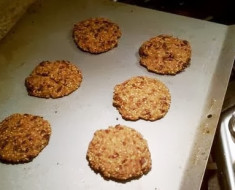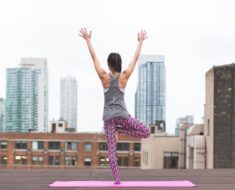
What do we know about Vegans and Protein?
I am often asked, “Where do you get your protein? Vegans and Protein is a touchy subject. You can’t survive without protein.” This is a reasonable question — Especially coming from those who have been duped by the American food industry. For many years, companies that sell eggs and meat have been using this as a marketing strategy. They have conditioned us to believe that protein emanates exclusively from animal products, and that we need a lot of it.
If you’ve ever noticed, most egg cartons have some mentioning of protein right on top of the packaging. The same goes for Eggbeaters. You won’t find Muscle Milk promoting their product with the help of a skinny little girl either. It’s always some bodybuilder looking guy, who appears to have been etched from stone. That’s the guy I wanted to look like. Those were the muscles I wanted. Well, here’s my story and what I have done to tackle the protein dilemma.
My Story
While training for my first half marathon, I followed a very strict regimen. I held myself accountable for each training run I had planned. I wanted to be absolutely ready come race day. I began looking into what other runners were eating. I knew that there must be some correlation between a runner’s performance and the foods they were consuming. I saw that runners were on some of the healthiest diets I had ever seen. Some ingredients that were mentioned: Whole wheat bread, whole wheat pasta, bananas, bagels, berries, oranges, quinoa, broccoli, peanuts, almonds, sweet potatoes, leafy greens, almond milk, etc.
Honestly, I didn’t see myself eating half of that stuff. I ate meat, like the tough guys. I drank milk, because it made my bones strong. I enjoyed the smell of flesh as it cooked on the grill, juicing up to provide me with that next dose of protein. My joints were achy, muscles tender, and ankles weak. I was dead set on taking in as much protein as possible, whether it came from eggs, tuna, chicken, pork, or beef. It didn’t appear to help, but I had always been told that protein repairs damaged muscles. Didn’t I need the extra protein? I mean… I had to be running 20 miles a week. Who could survive on just plants anyway?
Fast-forward one year
As of this writing, I am training for my first full marathon, logging between 40 and 60 miles a week. My long runs on the weekends are right around 23 miles. My elevation climb has increased. My speed has improved. And, I’m now running in barefoot shoes. To add insult to injury (pun intended), I am accomplishing this all on a whole-food plant-based diet. Speaking of injuries, I haven’t had one in over a year. My turnaround time is quicker and the pain in my joints have all but disappeared. Now, wouldn’t you think that I would need more protein to compensate for the added mileage?
Little did I know, there is much more to vegans and protein than how many grams we take in. We need complete proteins; proteins that contain an adequate proportion of all nine of the essential amino acids. The essential amino acids include Tryptophan, Threonine, Isoleucine, Lucien, Lysine, Methionine+Cystine, Phenylalanine+Tyrosine, Valine, and Histidine.
It is perfectly fine to get these aminos from separate sources to combine into one meal. You can even get these from several meals throughout the day. (Note: You should be getting the right proportions of these essential amino acids. Click here to see a list of the correct proportions and a list of usable proteins to aid in tissue protein synthesis.) Here are some plant-based foods to include in your diet that are complete proteins.







Thank you for breaking it down and explaining about the amino chains.
I believe that knowledge is crucial when beginning a plant-based diet. A few questions by onlookers can lead to an immediate forfeit. I hope that we can continue spreading information to others so that they may open their eyes to a more beautiful way of life. Thanks for reading Bob!
This is great! I am also a runner and have been wanting to change to a vegan diet but was scared about not getting enough protein. Thanks for clarifying.